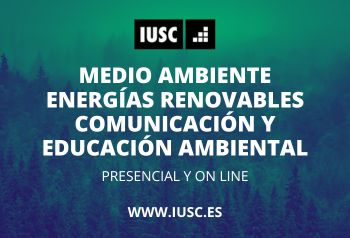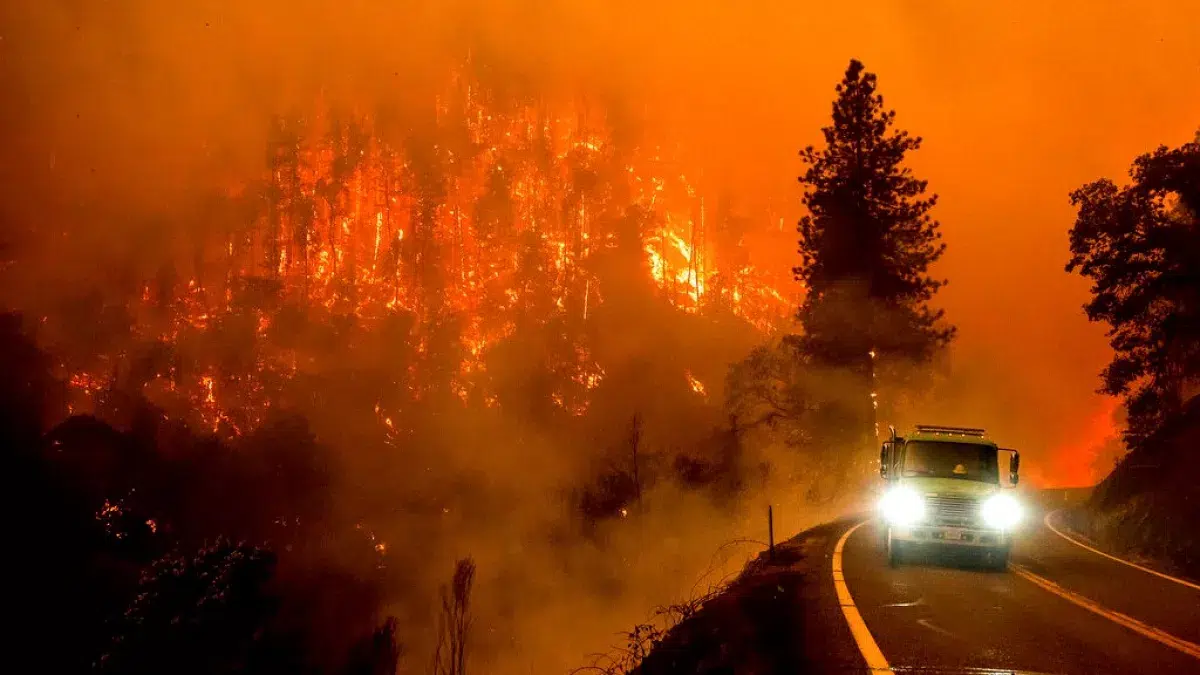In Los Angeles, California, Eaton and Palisades have been burning for days. The two fires are the greatest of one series of accidents recorded in a nightmare seasonhave already earned a place in the history of California, because they are already the third and fourth most destructive in the State.
Its flames continue to be fueled by the powerful Santa Ana winds and have left more than 20 dead and They devastated thousands and thousands of hectares northwest and northeast of Los Angeles. In recent days, fire has been the great equalizer in a city of great disparities, since both the houses of the famous and those of the poorest burned.
Today, Los Angeles is embarking on a monumental and uncertain recovery process, while firefighters They increase containment of two of the most destructive wildfires on record in California, that are very slowly being controlled.

Forest fires: destruction and desolation
The wildfires have not only caused widespread destruction in the area; taking lives, destroying thousands of homes and infrastructure and damaging ecosystems, but they are also a reminder of the growing threat that wildfires present. As has also been seen after a succession of devastating fires in North America, Europe and elsewhere in recent years.
These are fueled by a combination of factors such as drought, strong winds and the accumulation of dry vegetation, and have been intensified by the effects of climate change. Besides, They are characterized by their increasing size, speed and intensitywhich has been a cause of growing concern in much of the Northern Hemisphere, especially western North America.


Immense environmental damage, destroying ecosystems and wildlife habitats, is just one of the consequences of these. Because the Smoke from these fires can travel long distancesalso affects air quality and public health. On the other hand, the enormous cost of damage caused by fires and extinguishing measures puts pressure on financial resources; including forestry agency budgets.
Living with fire?
The Economic Commission indicates that this situation highlights the need to improve understanding of wildfire dynamics at multiple scales, from local to international. Furthermore, it sheds light on the question of how we can live with fire rather than how to eliminate it.
The answer to this question depends on the confluence of three factors, as indicated by the Commission. First, one must consider the repercussions of climate change. Rising temperatures, drier conditions and more frequent heat waves create ideal conditions for wildfires to ignite and spread rapidly.
Furthermore, the unforeseen consequences of firefighting measureswhich have unintentionally created a perfect environment for larger and more intense fires to occur. Fire suppression policies, implemented since the early 20th century, have prevented natural fires, which would have eliminated brush and debris. Consequently, forests have been filled with flammable materials.
The last factor is the invasion of wild areas which puts more people and property at risk of fire. As the human population continues to grow, residential development increases in areas bordering forests.
Fighting this threat requires a multi-pronged approach
Sustainable forest management practices need to be adapted to a changing environment, according to the UN Commission. A valuable tool for reducing the risk of wildfires can be prescribed burns and controlled fires set intentionally to eliminate undergrowth. Furthermore, it is crucial create fire-resistant communities using fire-resistant building materials and proper landscaping techniques in high-risk areas.
Policies must also be based on high-quality data, for which, supported by this Commission’s guidance, reporting of forest damage plays a key role. All these efforts must go hand in hand with a Greater climate change mitigation to curb forest fire risks in the long term. Reducing greenhouse gas emissions, transitioning to renewable energy sources and sustainable water management are essential to increasing the resilience of societies and ecosystems.

